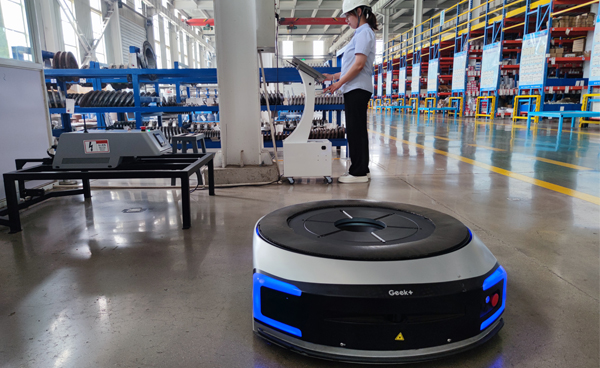
Sep . 05, 2024 17:09
Back to list
Gas Measurement Solutions | Accurate & Reliable Gas Analysis
Measuring Gases Techniques and Importance
The measurement of gases plays a crucial role in numerous scientific, industrial, and environmental applications. Understanding gas properties and behavior is essential for fields ranging from chemistry and physics to meteorology and environmental science. Accurate gas measurement provides valuable insights into chemical reactions, pollution levels, and even climate change.
.
Another effective method for measuring gases is through employing sensors, specifically electrochemical and infrared sensors. Electrochemical sensors detect gas concentrations by measuring the current produced from oxidation-reduction reactions and are frequently used in monitoring indoor air quality and detecting toxic gases. Infrared sensors, on the other hand, measure the absorption of infrared light by gas molecules, giving rise to a quantitative analysis of gas concentrations. These sensors are commonly used in environmental monitoring systems to detect greenhouse gas emissions.
قياس الغاز

Real-time monitoring of gases is vital for protecting both human health and the environment. For example, measuring carbon dioxide (CO2) levels is essential in understanding climate change dynamics. High concentrations of CO2 can contribute to the greenhouse effect, leading to global warming. Accurate measurement allows scientists to track CO2 emissions from various sources, including industrial plants and transportation.
Furthermore, in industrial processes, precise gas measurement is necessary for maintaining efficiency and safety. In many manufacturing environments, gases are critical reactants or byproducts. Monitoring their concentrations can help optimize processing conditions, enhance product quality, and minimize waste.
In conclusion, measuring gases is a fundamental aspect of various scientific disciplines and practical applications. With advancements in technology, methods such as gas chromatography and sensor technologies continue to evolve, providing more accurate and timely data. The importance of accurate gas measurement cannot be overstated, as it directly contributes to environmental protection, public health, and industrial efficiency.
Next:
Latest news
-
Safety Valve Spring-Loaded Design Overpressure ProtectionNewsJul.25,2025
-
Precision Voltage Regulator AC5 Accuracy Grade PerformanceNewsJul.25,2025
-
Natural Gas Pressure Regulating Skid Industrial Pipeline ApplicationsNewsJul.25,2025
-
Natural Gas Filter Stainless Steel Mesh Element DesignNewsJul.25,2025
-
Gas Pressure Regulator Valve Direct-Acting Spring-Loaded DesignNewsJul.25,2025
-
Decompression Equipment Multi-Stage Heat Exchange System DesignNewsJul.25,2025

